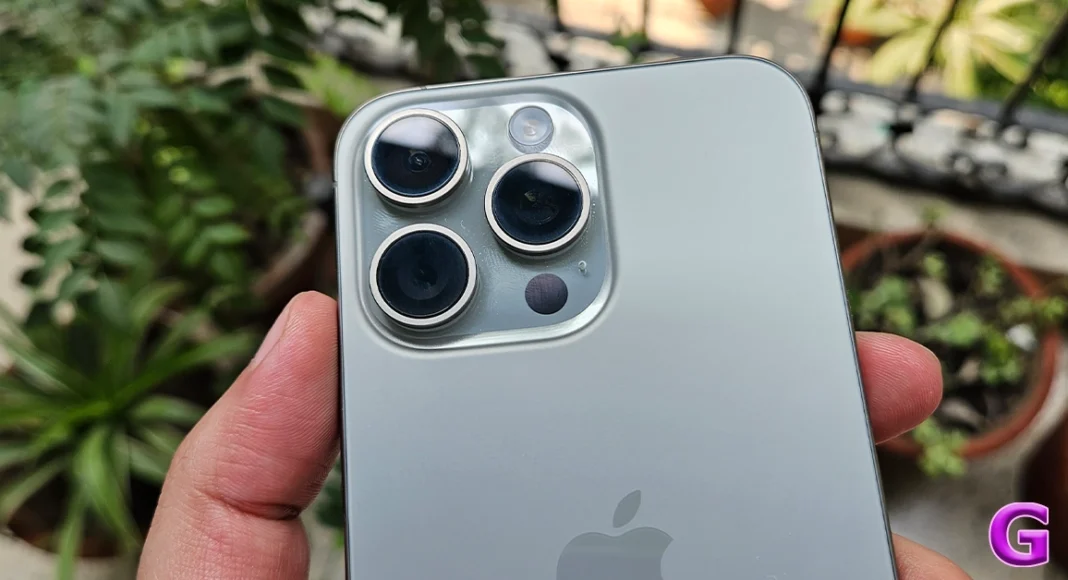According to a recent rumour, Apple is working on a technology called ‘metalens’ to minimise the size of the Face ID sensor in the iPhone 17 series, allowing for a smaller Dynamic Island, which debuted in 2022 and was limited to the iPhone 14 Pro and 14 Pro Max.
Apple is now working on a new technique to make the distinctive dynamic island look smaller in size, making the future iPhone 17 Series devices more visually appealing. According to one rumour, the use of ‘metalens’ technology on the whole iPhone 17 series will minimise the size of the Face ID sensor, resulting in a smaller Dynamic Island.
GF Securities analyst Jeff Pu thinks that this functionality will be shared by all four versions, not only the top-tier iPhone 17 Pro Max. This change follows Apple’s recent decision to make Dynamic Island a regular feature.
The iPhone 17 will have a smaller Dynamic Island, boosting the screen-to-body ratio. The cutout’s functionality remains unaffected, since it may resize in response to user action or app launching.
Also Read: Best gaming smartphone to purchase in India right now
Pu anticipates that the iPhone 17 series will use the A19 CPU and 8GB of RAM, with the iPhone 17 and iPhone 17 Air having 8GB and the iPhone 17 Pro and iPhone 17 Pro Max having 12GB. The iPhone 17 Air will include 12GB of RAM, identical to the Pro variants.
The size of the Dynamic Island in the iPhone 17 series will be “largely unchanged” in comparison to the iPhone 16 models, according to earlier confirmation from Apple analyst Ming-Chi Kuo. Kuo, however, offers no other information on this assertion, speculating that the iPhone 17 Pro Max or other iPhone 17 models would have a bit smaller Dynamic Island, albeit this might not be as important as was first suggested. The phrase “largely unchanged” conveys a degree of ambiguity.
For an edge-to-edge display, Apple intends to integrate the iPhone’s Face ID and front-facing camera beneath the screen, albeit this will take many years.
According to MacRumors, TSMC’s second-generation 3nm N3E node will be used to manufacture the A18 chip, which will be used in the iPhone 17. The 8GB RAM capacity will not change. The A19 Pro chip will be found in the iPhone 17 Pro and iPhone 17 Pro Max, while the A19 chip will be available in the iPhone 17 Air. N3P, the third-generation 3nm process developed by TSMC, is used to manufacture these chipsets. 12GB of RAM is anticipated for the iPhone 17 Air, Pro, and Pro Max, up from 8GB in the iPhone 16 Pro versions.
Also Read: AI summaries arrive to Gmail, Google Chat, and Google Docs
Rumours are swirling that Apple will reveal the iPhone 17 range in September.
It is recommended that readers exercise caution while accessing this information, since further modifications will be made. You should be sceptical about this information.



